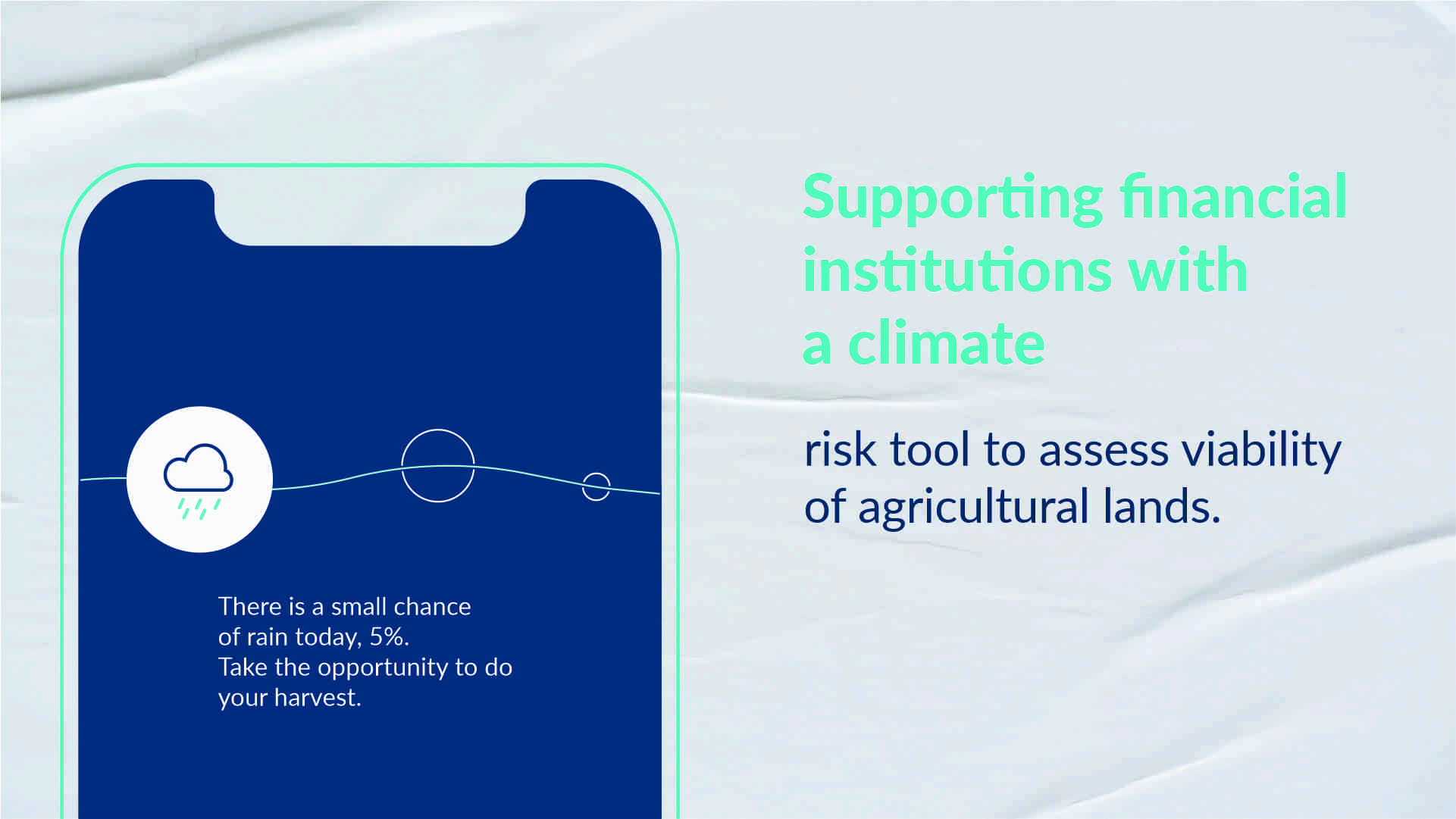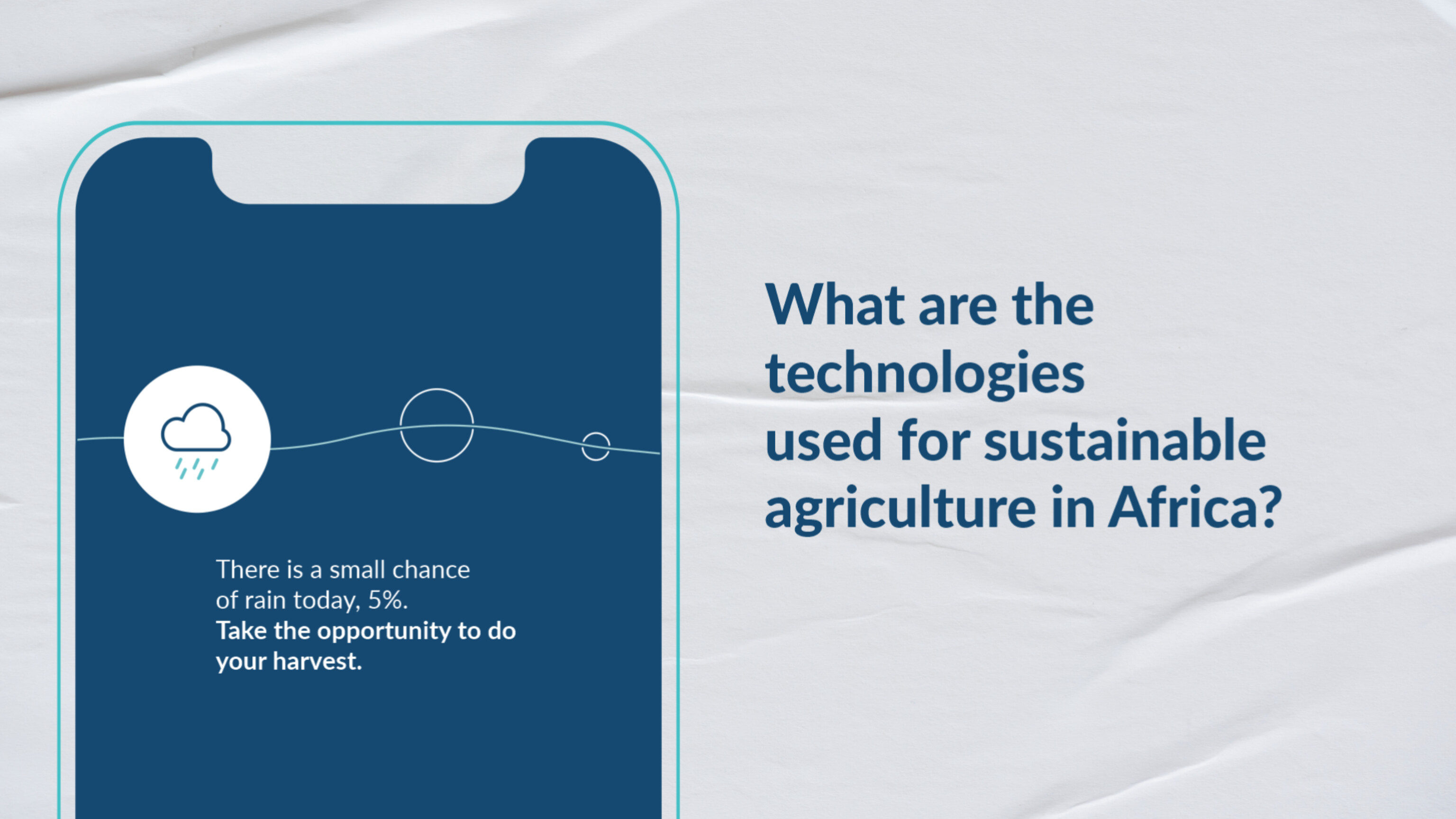Supporting financial institutions with a climate risk tool to assess the viability of agricultural lands can be crucial in ensuring sustainable investments in the agricultural sector. By integrating climate risk assessments into their decision-making process, financial institutions can better evaluate the long-term viability of agricultural projects and make more informed investment decisions. This can help mitigate the potential risks associated with climate change, such as extreme weather events, shifts in precipitation patterns, and changes in temperature, which can have a significant impact on agricultural productivity. By supporting financial institutions with a climate risk tool, we can foster sustainable agricultural practices and contribute to the resilience of food systems in the face of a changing climate.
A climate risk tool designed to assess the viability of agricultural lands can be a valuable resource for financial institutions. Such a tool would consider various climate factors that could affect agricultural productivity, such as temperature changes, precipitation patterns, and extreme weather events. By analyzing these factors, the tool could generate risk assessments and inform financial institutions about the potential challenges and risks associated with investing in particular agricultural projects or regions. This information would enable financial institutions to make more informed decisions when evaluating the viability and sustainability of agricultural investments, potentially reducing the risk of financial losses due to climatic changes. How to assess viability of agricultural lands
Factors that determine the potential for successful farming operations.
Assessing the viability of agricultural lands involves evaluating various factors to determine their potential for successful farming operations.
- Soil quality: Assess the soil fertility, composition, and pH levels. Conduct soil tests to determine nutrient levels, potential limitations, and suitability for specific crops.
- Water availability: Evaluate the proximity to water sources such as rivers, ponds, or irrigation systems. Determine the reliability of water supply and accessibility for irrigation purposes.
- Climate considerations: Understand the climate conditions in the area, including temperature range, average rainfall, and seasonal variations. Consider whether these conditions align with the requirements of the intended crops.
- Topography and drainage: Evaluate the land’s slope and drainage patterns to ensure proper water management and prevention of flooding or erosion issues.
- Access to infrastructure: Assess the availability of transportation networks, proximity to markets, and the presence of necessary infrastructure such as roads, electricity, and storage facilities for easy distribution and storage of agricultural products.
- Legal and regulatory factors: Understand the zoning laws, land-use restrictions, environmental regulations, and any specific agricultural policies that may impact farming activities on the land.
- Pest and disease pressure: Research the prevalence of pests and diseases in the region to determine if they pose a significant threat to the intended crops. Consider pest management strategies and potential mitigation measures.
- Market demand and economics: Analyze the demand for the crops or agricultural products in the local and regional markets. Evaluate market trends, competition, and potential profitability.
- Sustainability and environmental impact: Consider the environmental sustainability practices associated with the land, such as water conservation, soil management, and biodiversity preservation.
- Risk assessment: Evaluate potential risks, such as natural disasters, crop failure, or market fluctuations. Assess the availability of insurance options and risk management strategies to mitigate these risks.
By considering these factors, you can assess the viability of agricultural lands and make informed decisions about investment and agricultural practices.
Summary
Ultimately, supporting financial institutions with a climate risk tool for agricultural land evaluation can contribute to the creation of more resilient and sustainable agricultural practices.
References






